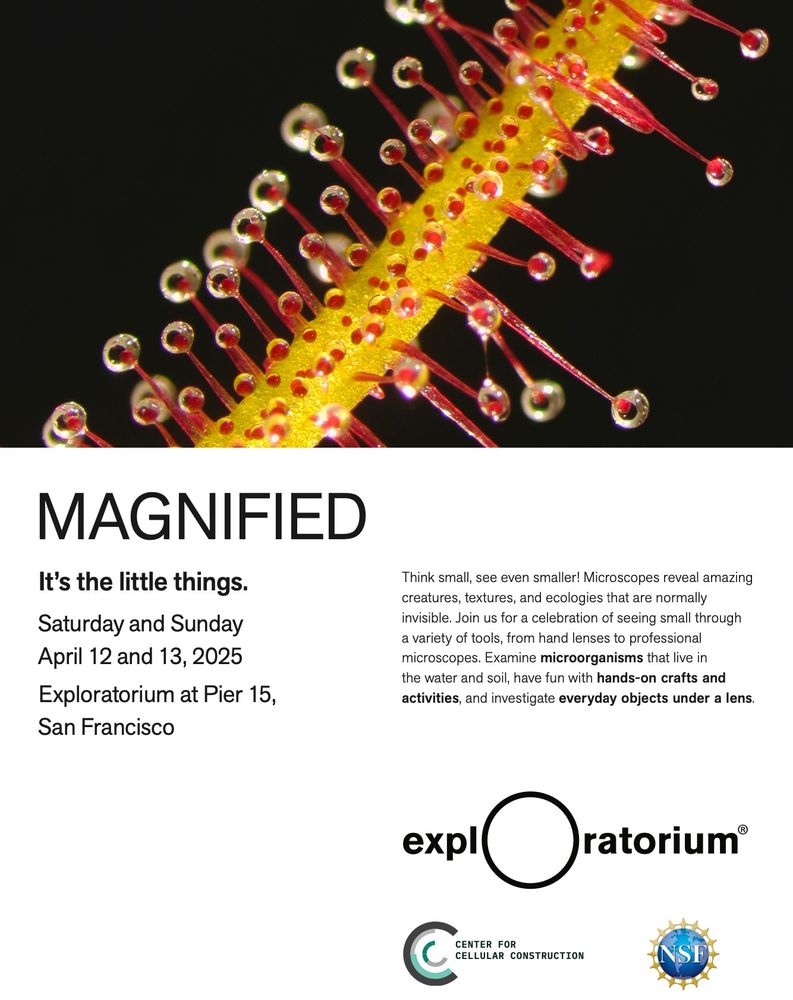
research summary: https://www.youtube.com/watch?v=Noq8wtqZKWY



And thank you for reading our paper!! I have tried training Stentor while they're mating and indeed they do learn in sync! here's my favorite Stentor mating video:
And thank you for reading our paper!! I have tried training Stentor while they're mating and indeed they do learn in sync! here's my favorite Stentor mating video:











@wallaceucsf.bsky.social! We discovered that central features of learning in single cells can be accounted for by a model based on receptor inactivation bit.ly/3CDukfS 🧵 1/n
@wallaceucsf.bsky.social! We discovered that central features of learning in single cells can be accounted for by a model based on receptor inactivation bit.ly/3CDukfS 🧵 1/n


